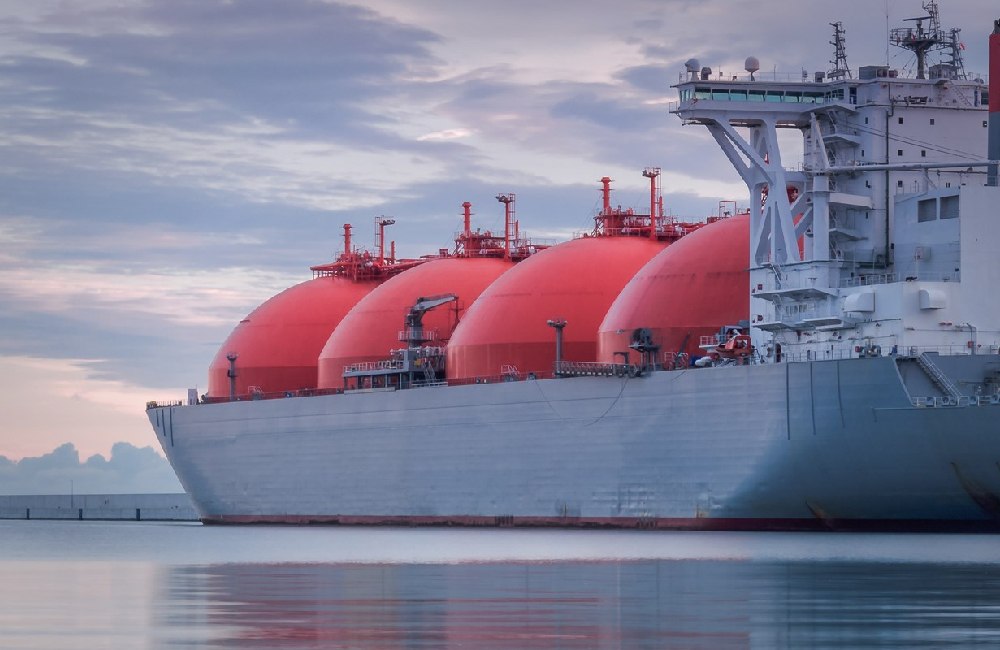Explosion-proof CCTV cameras help protect Floating LNG (FLNG) operations by giving real-time monitoring of threats and hazards in offshore environments.
FLNG technology allows gas production in areas once unreachable. But working in the ocean brings big safety risks. Strong protection is needed to keep both people and valuable equipment safe.
This article outlines the main dangers in FLNG and how surveillance technology helps reduce those risks.
Main Risks in Floating LNG Operations
1. Rough Ocean Conditions
Bad weather and high waves
Risk of collisions or damage to structures
2. Gas Leaks and Explosions
Handling flammable substances
Danger of leaks or blasts
3. Fire Hazards
Use of hot equipment
Risk of sudden fires
4. Environmental Damage
Oil or gas spills
Harm to marine life
5. Security Threats
Risk of piracy or sabotage
Unauthorized access
6. Equipment Failures
Machines breaking down
Disruptions to operations
7. Human Mistakes
Fatigue or poor communication
Accidents or safety breaches
Using Smart Surveillance for FLNG Safety
Advanced Camera Systems
High-resolution and thermal cameras
24/7 real-time monitoring
Explosion-Proof Cameras
Built to withstand hazardous conditions
Sealed and durable
Threat Detection
Cameras help spot intruders
Visible surveillance discourages threats
Helping Emergency Response
Real-time visuals during incidents
Quick decisions and action
Improved Operations
Insight into how systems work
Helps teams make better choices
Conclusion: Safety Through Smart Technology
Surveillance systems and explosion-proof cameras are vital for FLNG safety. They help reduce risks, protect people and assets, and support smooth operations. Using the right technology ensures offshore gas production stays safe, secure, and efficient.




